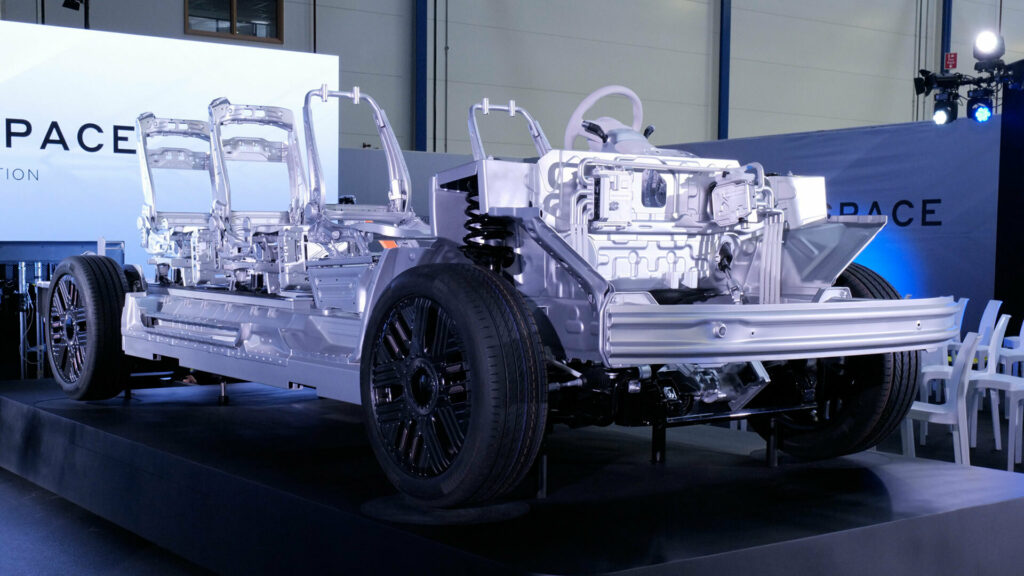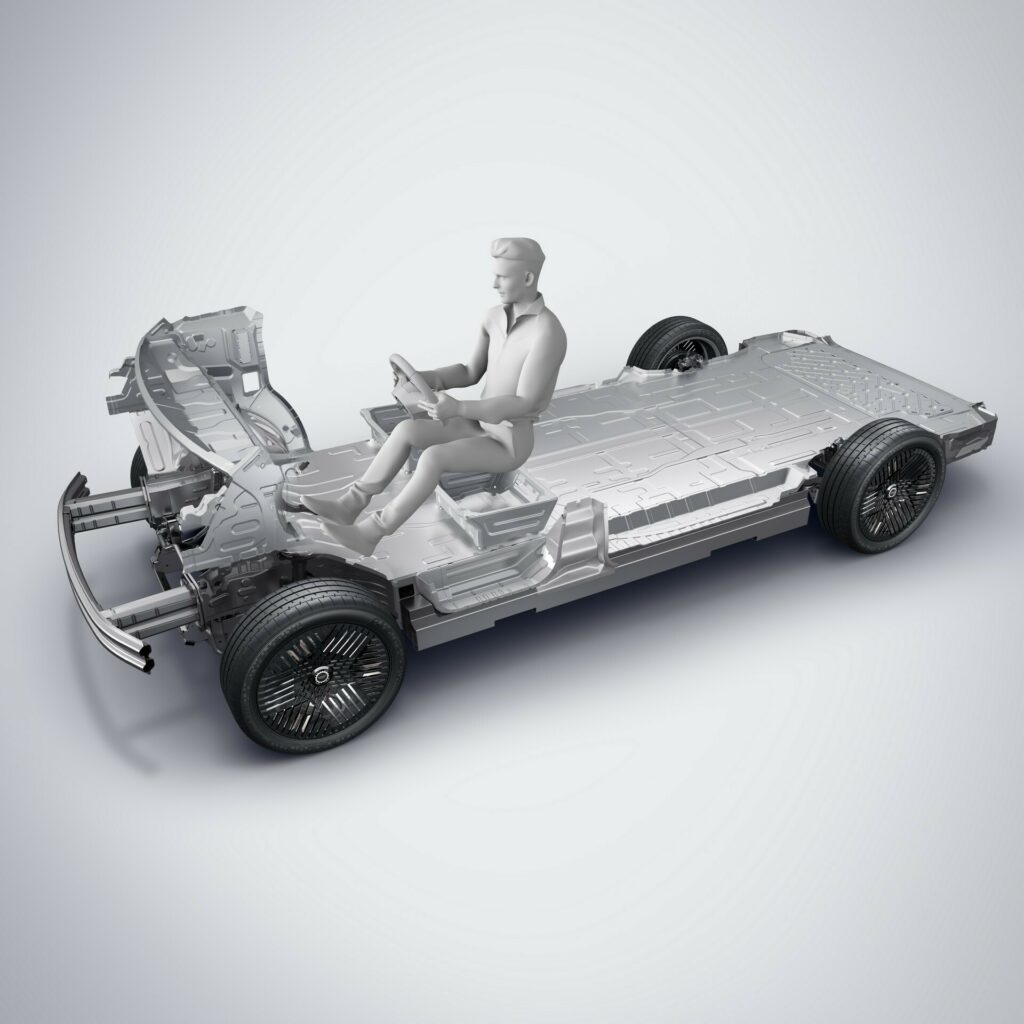–><!—->
LEVC is transitioning into a mobility company that will offer a wide range of passenger and commercial vehicles based on an all-new electric platform
4 hours ago
 –>
–> 
by Michael Gauthier
–>
LEVC (London Electric Vehicle Company) is best known for creating taxis, but the company has announced plans to become a “leading provider of pure electric global mobility solutions.”
As part of this effort, they’ve unveiled an all-new platform called the Space Oriented Architecture (SOA). Co-developed with Geely, the modular and scaleable architecture promises to set “new standards for onboard space, bringing interior-optimized zero-emission mobility to more consumers than ever before, while enabling LEVC to enter new sectors.”
LEVC didn’t go into many specifics, but said we can expect a “wide range of new products” including passenger and commercial vehicles. They’ll be between 191.3 and 236 inches (4,860 and 5,995 mm) long and have wheelbases ranging from 118.1 to 149.6 inches (3,000 to 3,800 mm).
More: LEVC VN5 Range-Extender Electric Van Enters Production In The UK

These vehicles promise to have spacious interiors with a flat floor, low step-in heights, and multiple seating / load-carrying configurations. In particular, LEVC said there will be a “sliding track that runs from the front to the rear” of the vehicle to allow for easily moving seats. The company also said that interior space will be maximized to “such an extent that an extra row of seats can fit into the vehicle, compared to other vehicles in the same class.”
Models based on the SOA platform are slated to have “state-of-the-art batteries” with capacities ranging from 73 to 120 kWh. This should enable them to have ranges of up to 432 miles (695 km). When it comes time to charge, drivers will benefit from “ultra-fast charging” that minimizes downtime. The company also said vehicles can be offered with front-, rear-, or all-wheel drive.
advertisement scroll to continue
While that’s pretty vague, Autocar is reporting batteries and motors will be shared with models riding on Geely’s SEA platform. The publication also says there will be a high-performance variant with more than 536 hp (400 kW / 543 PS).
A new L-OS electronic architecture will allow for “intelligent cockpits,” over-the-air updates, and autonomous driving capabilities. The latter are slated to run from Level 2 systems all the way up to Level 4 systems, which can presumably drive the vehicle itself in many areas.
While a number of questions remain, the SOA platform is “open-source” and available for other companies to use. It remains to be seen if anyone else is interested, but using the platform would be cheaper than creating something from scratch.
 –>
–>